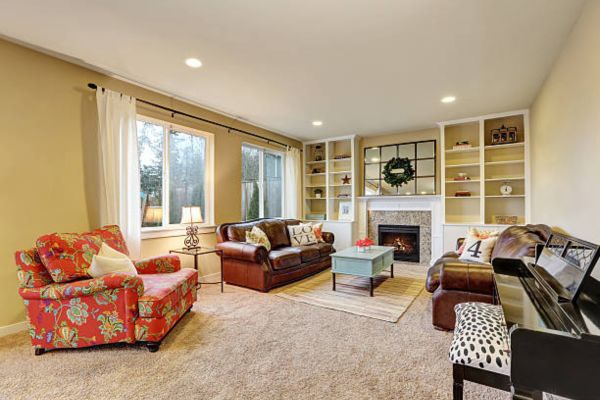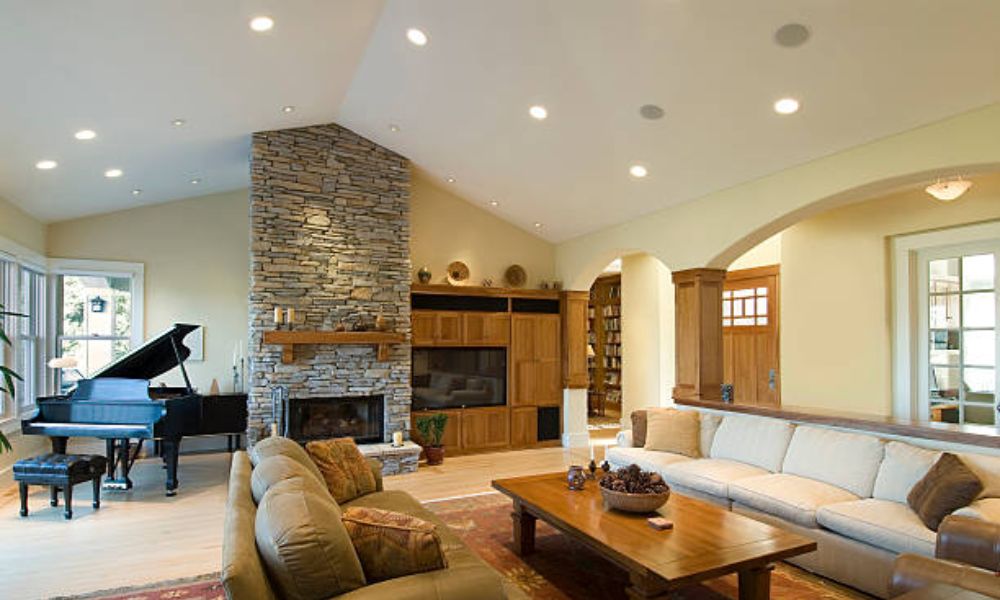I stood in my dim living room. A cordless drill buzzed in my grip. Tape dots covered the ceiling. One question echoed: How many recessed lights on A 15 Amp Circuit could I add before light changed to sparks? Many new DIY fans share that same puzzle. Load math sounds dull, yet guessing leads to tripped breakers and dashed plans. A clear rule saves time and keeps fire risk low.
I’ve spent ten years swapping dusty fixtures for sleek cans in my own homes and those of friends. Mistakes taught me more than any manual. From attic crawls to code checks, each project sharpened my knack for safe light layouts. In the next few minutes, you will grasp the simple math, smart tips, and common traps to skip. Grab a notepad, and let’s brighten your space with calm, expert ease.
Why It Matters: The Basics of Lighting Circuits
A circuit is a path. It carries power from your panel to your lights. Power flows out, runs through the wires, then loops back. It’s like a circle of energy moving through your home.
Each circuit can only carry so much. Push too much power, and the breaker shuts it down. That’s a safety feature, not a flaw. It helps keep your home safe from overloads.
To understand how it works, you only need to know three things. Volts are pressure. Amps are flowing. Watts are the total power. Simple.
Your home runs on 120 volts. A 15-amp circuit gives you 1,800 watts. But don’t use all of it. You want a safety buffer. So, stick to 80%. That gives you 1,440 usable watts.
Think of it like packing a bag. It may hold 100 pounds. But load 80, and you glide through the airport. That’s the smart move. Your circuit works the same way.
How Many Recessed Lights on a 15 Amp Circuit?

Let’s get to the numbers. A 15 amp circuit running on 120 volts gives you:
15 × 120 = 1,800 watts total
Now apply the 80% rule. This means you should only use:
1,800 × 0.8 = 1,440 usable watts
That’s your safe limit. It keeps your circuit running smooth, without heat or trips.
Now let’s see what that means for recessed.
LED Lights (10 watts each)
LEDs are energy champs. They give great light and use very little power.
1,440 ÷ 10 = 144 lights
Yes, technically. But don’t do that. Real-world setups need space for dimmers, switches, and a little wiggle room—especially in areas like kitchens or with the best recessed lighting for bathroom. So keep it practical.
That gives you light, safety, and future flexibility.
CFL Bulbs (around 15 watts each)
Still using CFLs? Here’s the breakdown:
1,440 ÷ 15 = 96 lights
Again, don’t go that high. A safer setup would be around 15 to 18 CFL lights.
Incandescent Bulbs (60 watts each)
These eat up power fast.
1,440 ÷ 60 = 24 lights
That’s the max. But most pros suggest fewer. Heat adds up. So aim for 16 to 18 max.
Each bulb type tells its own story. But LED wins in every way. More light. Less heat. Lower bills.
What Affects How Many Lights You Can Use?

You’ve got the numbers. But numbers alone don’t tell the full story. Real homes come with quirks, extras, and hidden surprises behind the walls.
Let’s look at what can change your lighting plan.
Type of Bulb
Not all lights pull the same power. LEDs sip it. Incandescents gulp it.
Stick to LED unless you enjoy higher bills and warmer ceilings.
Shared Outlets or Devices
One circuit may power more than just lights. Outlets, fans, or even a fridge could be sharing the load. To check: Turn off the breaker. See what goes dark. That tells you what’s on the same line.
Dimmers and Smart Switches
Dimmers are great for mood. But they use power too. Same goes for smart switches and Wi-Fi controls. Each one adds a bit to the total load. Not a lot, but it counts—especially with many lights.
Ceiling Insulation
Insulated ceilings can trap heat. That changes your light choice. Use IC-rated recessed for these areas. They’re made to stay cool and safe near insulation.
Easy Checks for Beginners
- Flip breakers and test what shuts off
- Count every light, fan, and outlet on the line
- Add up total wattage—stay under 1,440
- Label your panel while you’re at it
What About 20-Amp Circuits?
So you’ve got more space to light—or maybe you’re working with a bigger room. A 15 amp circuit might not be enough. This is where a 20-amp circuit can shine.
Let’s run the same math.
20 amps × 120 volts = 2,400 watts total
Use the 80% rule for safety:
2,400 × 0.8 = 1,920 usable watts
Now let’s turn that into lights.
LED Lights (10 watts each)
1,920 ÷ 10 = 192 lights
Again, that’s just theory. In real setups, dimmers, smart switches, or fans eat into that space. So aim for:
That’s great for large living rooms, open kitchens, or long hallways.
CFL Lights (15 watts each)
1,920 ÷ 15 = 128 lights
Real-world use? Stay under 30 to keep it safe and cool.
Incandescent Lights (60 watts each)
1,920 ÷ 60 = 32 lights
Again, better to stop at 20–24. Incandescents run hot and draw more current.
Total Lights on One Circuit: Planning Your Layout

Lighting is more than numbers. It’s about comfort. A good room feels bright, even, and easy on the eyes.
Start small. One circuit should not light your whole house. That’s too much for one line to carry. Divide by area. Think in zones.
Use one circuit for your kitchen lights. Use another for a hallway or the living room. This keeps things safe. It also makes repairs easier later.
You can mix light types on one circuit. Recessed cans, pendants, and strips can all share the same line. Just keep the total wattage under your safe limit.
Adding a ceiling fan? Don’t forget its motor. A fan might use 70 watts. The attached lights use more. Add both to your total.
Now let’s space them out. Place recessed 4 to 6 feet apart. Keep them 2 to 3 feet from walls. That gives you smooth, even light.
Quick Tips from a Lighting Pro

Over the years, I’ve learned that small steps make the biggest difference. These tips come straight from real jobs—ones that went smooth and others that taught me the hard way.
Go with LED Every Time
LEDs are brighter, cooler, and use way less power. That means more lights on the same line without overload. They also last longer. You’ll save time and money.
Stick to the 80% Rule
Never push your circuit to the edge. Use only 80% of the total wattage. For 15 amps, that’s 1,440 watts. For 20 amps, it’s 1,920 watts. This keeps your setup safe and your lights stable.
Label as You Go
While you install, mark every circuit. Use tape or a marker. Label your panel, too. Later, it’ll save hours of guessing and testing.
Know the Rules
Each area has its own electrical code. These rules protect you and your home. Before wiring anything, check your local code—or ask a licensed pro.
Final Thoughts
So how many recessed lights on a 15 amp circuit is just right? For most LED setups, the sweet spot is 20 to 24 lights. That keeps you under 1,440 watts and well within the safe zone.
Planning matters. Safety matters more. Every bulb, switch, and wire adds to the big picture. Start with good math. Stick to the 80% rule. And always check your total wattage.
Great lighting isn’t about filling every corner with glow. It’s about feeling good in your space—bright where it counts, calm where it should be.

